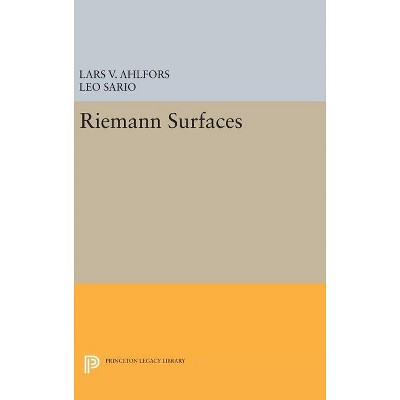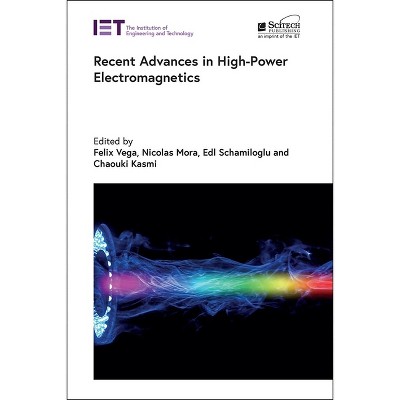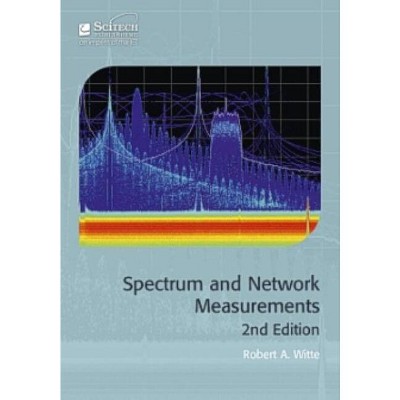Sponsored

Electromagnetics and Experimental Measurements of the Skin Effect - (Electromagnetic Waves) by Malcom Stuart Raven (Hardcover)
Out of Stock
Sponsored
About this item
Highlights
- The skin effect is the tendency of alternating current (AC) to flow primarily near the surface of a conductor, rather than being evenly distributed, and this effect becomes more pronounced as the frequency of the AC increases.
- Author(s): Malcom Stuart Raven
- 250 Pages
- Science, Physics
- Series Name: Electromagnetic Waves
Description
About the Book
Although there is a very large literature on theoretical electromagnetism there is much less on experimental measurements particularly for the skin effect. This monograph aims to fill the gap, emphasizing the experimental measurements and results obtained for the skin effect.
Book Synopsis
The skin effect is the tendency of alternating current (AC) to flow primarily near the surface of a conductor, rather than being evenly distributed, and this effect becomes more pronounced as the frequency of the AC increases. This is important because it increases the effective resistance of the conductor, leading to higher power losses and potential overheating. It can impact the design and performance of circuits, transmission lines (or waveguides), and antennas and is thus an important effect to be able to measure and control.
Although there is a very large corpus of literature on theoretical electromagnetism, there is much less written on experimental measurements, particularly for the skin effect. This monograph aims to fill the gap by emphasizing the experimental measurements and results obtained for the skin effect.
The book begins with three introductory chapters on the derivations of the equations of time dependent electromagnetic disturbances in which the author compares Maxwell's original approach with the present-day approach. Chapter 4 introduces the skin effect and gives an account of its importance. This is followed by 10 chapters covering more detailed theory and experimental measurements of the skin effect in solid and hollow cylindrical conductors. The final chapter describes methods of measuring the skin effect over a wide range of frequencies.
Electromagnetics and Experimental Measurements of the Skin Effect is written for an audience of electrical engineers, physicists, and anyone working in a field where electromagnetic techniques are widely employed. The book will also be of interest to advanced students in electromagnetics, physics and relevant areas of applied mathematics.

















